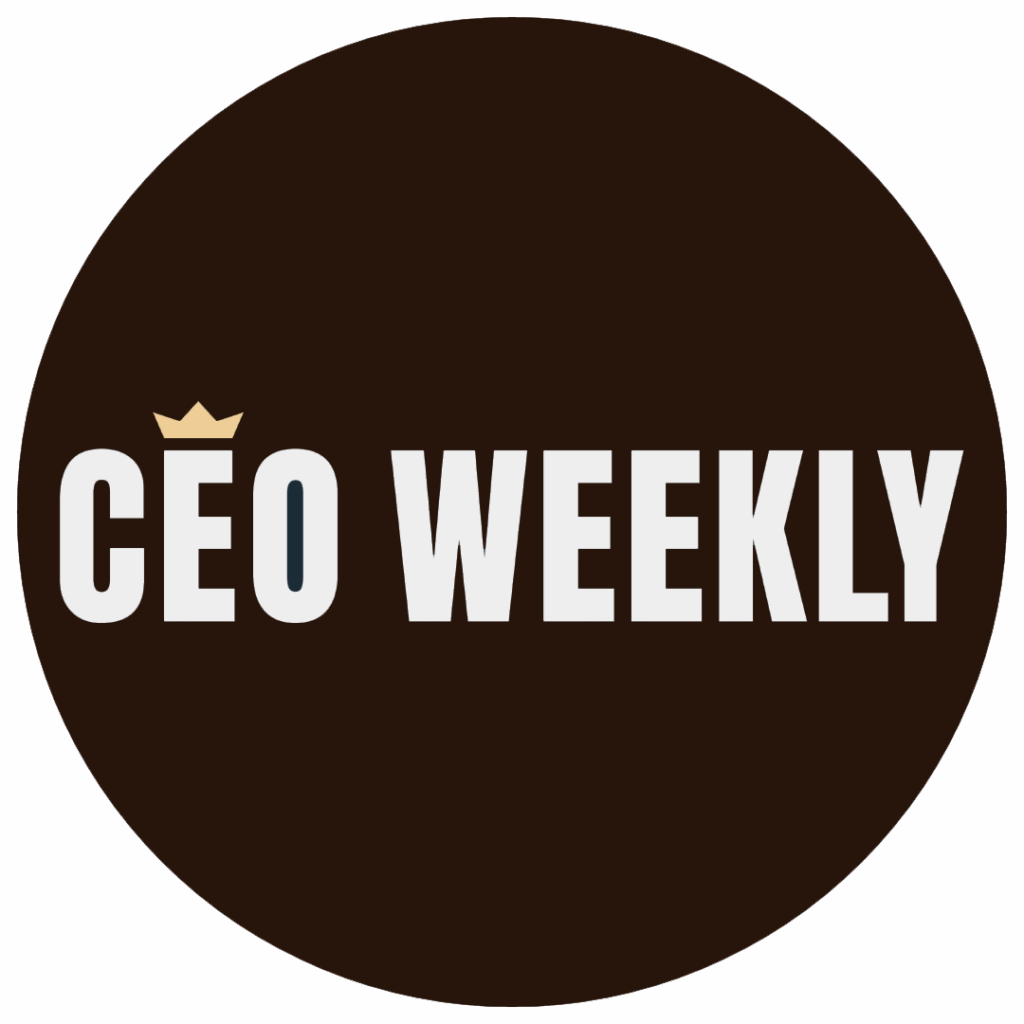…
Nike: The youngest consumers today are Gen Z, generally described as “digital natives,” who were born between 1997 and 2012.
They have significantly influenced consumer behavior, becoming the first generation to have grown up with technology to be a part of everyday life.
Gen Z has a strong sense of self-identity and values honesty and transparency, and they are known for their familiarity with technology, social media, and e-commerce.
Gen Zs are more diversified and socially aware than Millennials, Gen X, and Boomers.
As a result, businesses and marketers must reconfigure their tactics to attract this demographic more effectively.
According to Nike’s CEO, John Donahoe, the company focuses on Gen Z consumers, particularly in China.
Nike & Gen Z
Nike, one of the most well-known sporting brands in the world, had to update its marketing tactics to appeal to Gen Z consumers.
Gen Z is a generation that values transparency and candor and has a deep sense of individualism.
Additionally, they place emphasis on sustainability and social responsibility, which encourages many people to favor doing business with these kinds of companies.
Appealing to a generation
In order to appeal to Gen Z customers, Nike has focused on developing transparent, sustainable supply chains and aggressively promoted social issues like diversity and inclusion.
The company has concentrated on making products that clients could well personalize to express their own narratives.
The Nike By You initiative, which lets consumers make tailored sneakers using a myriad of colors and materials, serves as one example.
Social media use
Nike has also been engaging in digital marketing and e-commerce to reel in Gen Z consumers, who are known for their computer savvy and knowledge of social media.
The company has also been proactive on social media platforms like Facebook and Instagram.
It has been able to communicate with Gen Z consumers on TikTok and market its products and brand message there.
In general, Nike has been successful in attracting Gen Z customers by placing a solid focus on sustainability, diversity, and personalization in its merchandise and advertising.
And with the help of a strong online presence and digital marketing, the company has effectively connected with and engaged this demographic.
Read also: Amazon to make further cuts: 18,000 targeted
China consumers
On Thursday, John Donahoe talked about how there is still a sizable demand for sporting apparel in China even after Covid disruptions.
“We’re still the number one cool and favorite brand in Shanghai and in Beijing,” said Donahoe.
“We’re really focused on the Gen Z consumer in China, we saw a very good response from the Gen Z consumer who wants the most innovative products and wants brands that are globally relevant.”
“We saw good response in Q2, and we have the same focus and outlook going forward.”
Revenue
China’s “zero Covid policy” was upheld even on November 30, which also marked the end of Nike’s fiscal second quarter.
A 3% decline in revenue was caused by the shutdown of 1,500 Nike shops across the region.
In 2021, Covid disruptions greatly reduced in regularity, resulting in a 22% decrease in the company’s China revenue from the past quarter.
China is still a significant market, according to John Donahoe, but he forgot to add how spending soared when the country scrapped its zero Covid policy.
“We factored in some disruption in our outlook, but we view that as transitory, we still believe in the fundamentals of China,” he said.
“We invested in building hyperlocal products where we take an iconic franchise like Air Force One, or Dunk, and we localize it so it’s relevant for the Chinese consumer – and the Chinese consumer really responded to that.”
Inventory
Despite the fact that Nike has had problems with inventories over the last few quarters, Donahoe contends that the problem exclusively persisted in North America.
He claimed that by May, the company aims to be running at normal levels.
“The consumer is still paying list price for the Nike products that they know and love,” said Donahoe.
“In the areas where we have excess inventory, which is primarily in North America, we are working through it. We’re discounting and working through it.”
Nike has been using a direct-to-consumer business plan instead of wholesalers.
However, overall revenue climbed by 19% as a byproduct of the company’s inventory being put up for sale to partners during its most recent fiscal quarter.
Donahoe asserted that despite investing in its new procedure, Nike still greatly depends on wholesalers.
“Consumers in this day and age want to get what they want, when they want it, how they want it, and in our industry, they’ve been very clear they want a premium and consistent shopping experience regardless of channel,” said Donahoe.
Reference:
Nike CEO touts strength in Gen Z China shopper as Covid disruptions dent regional sales









